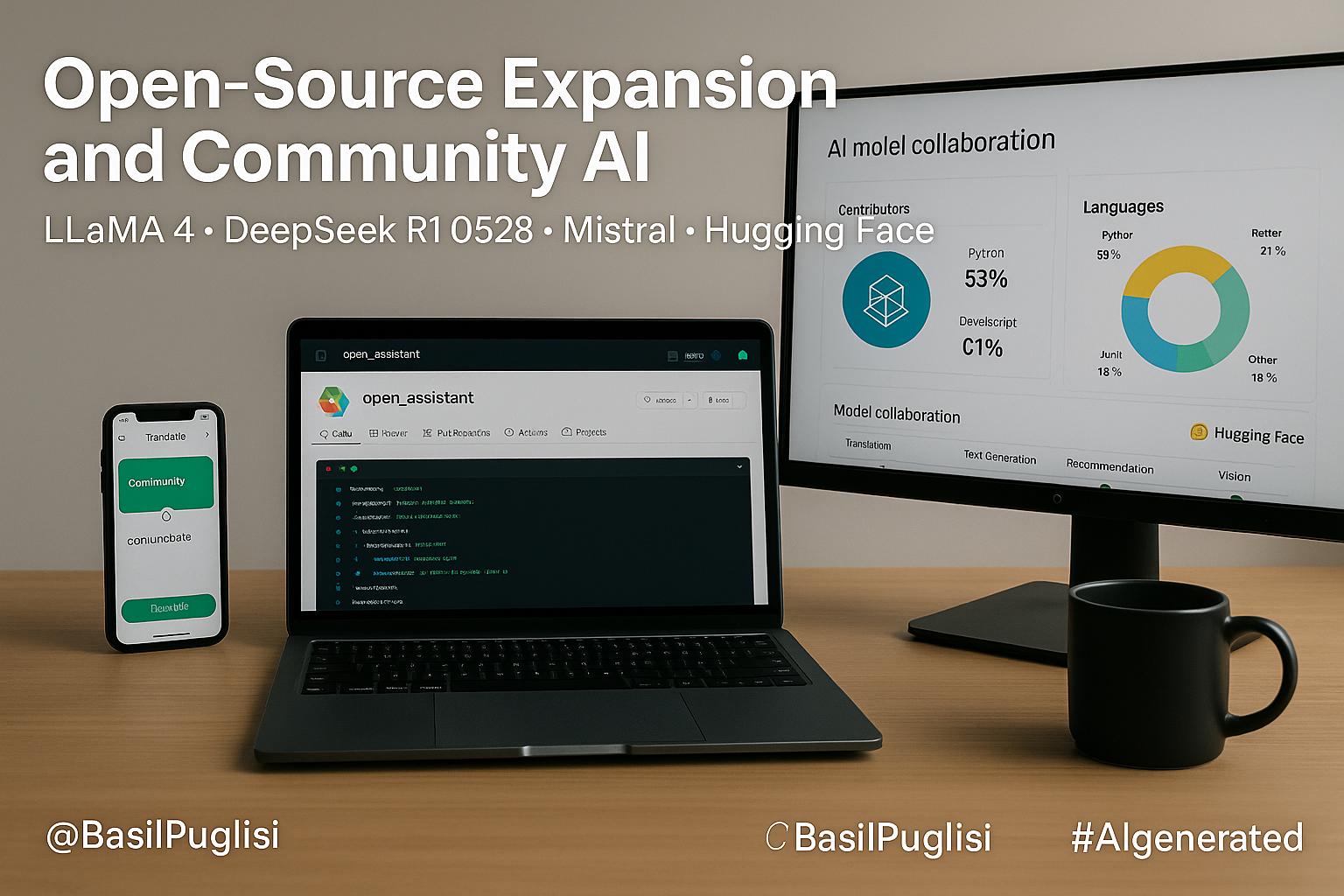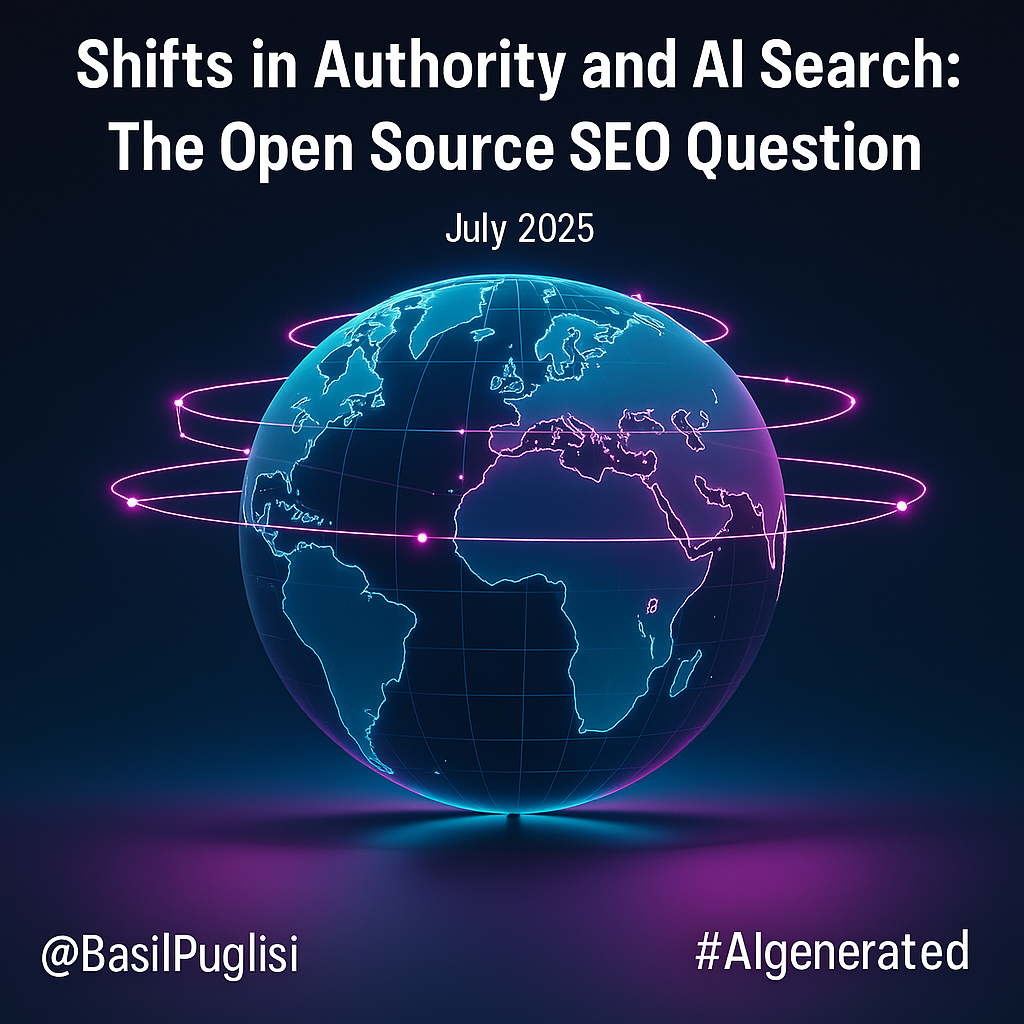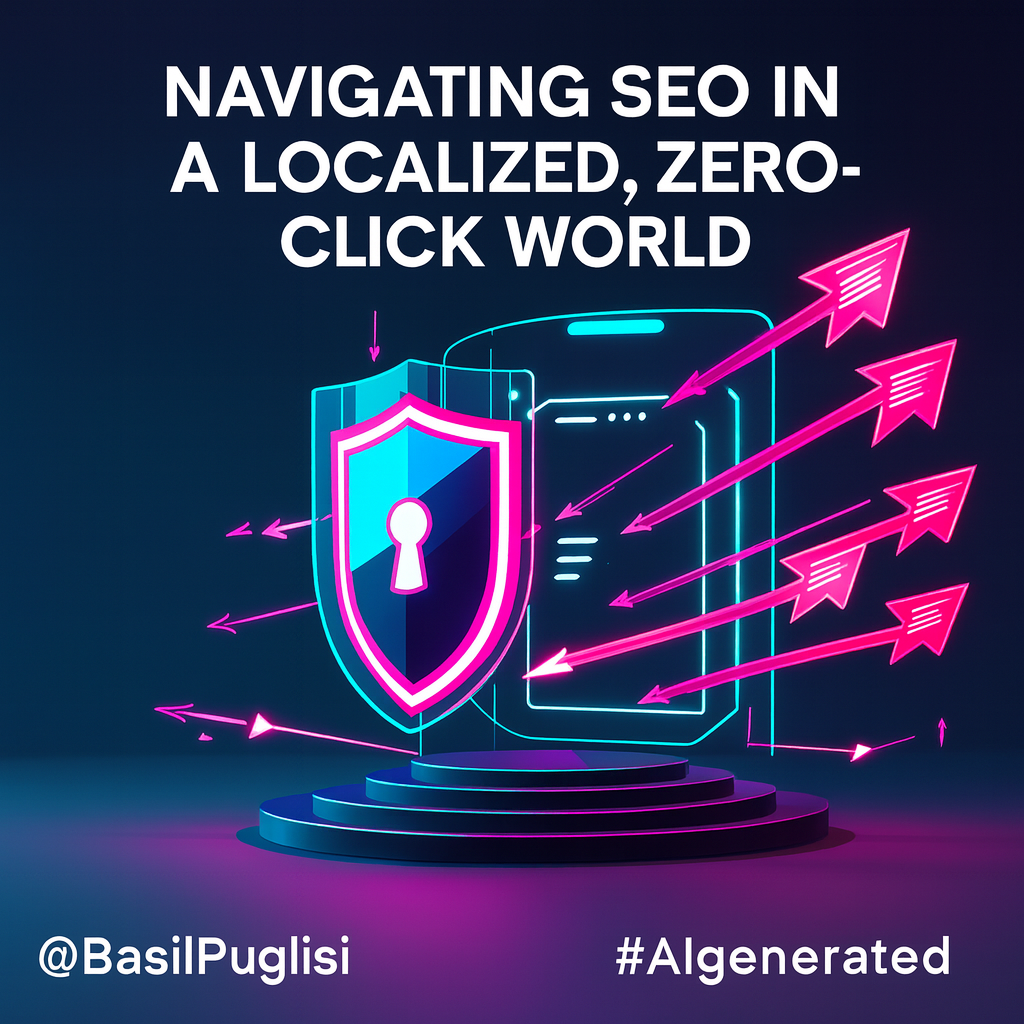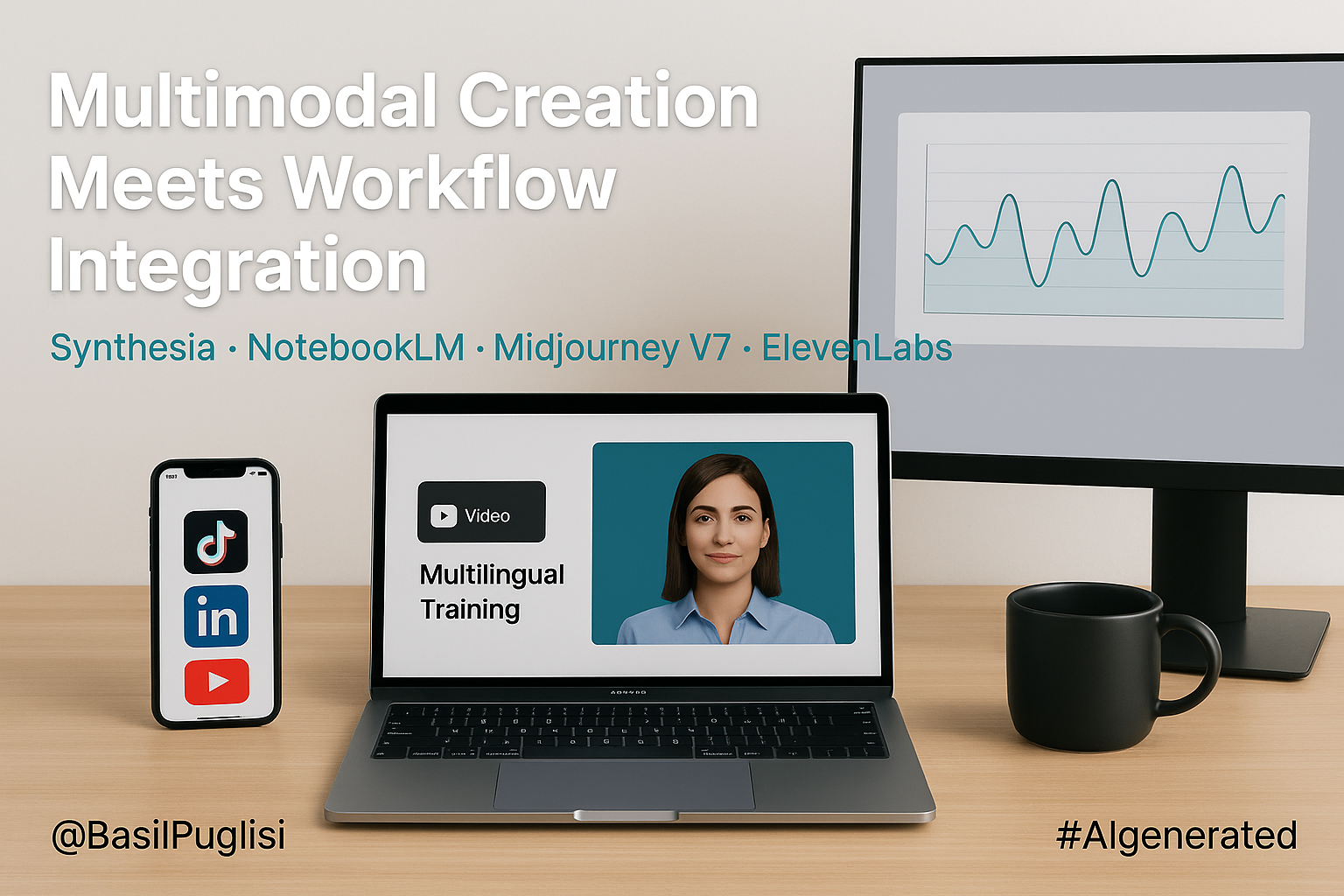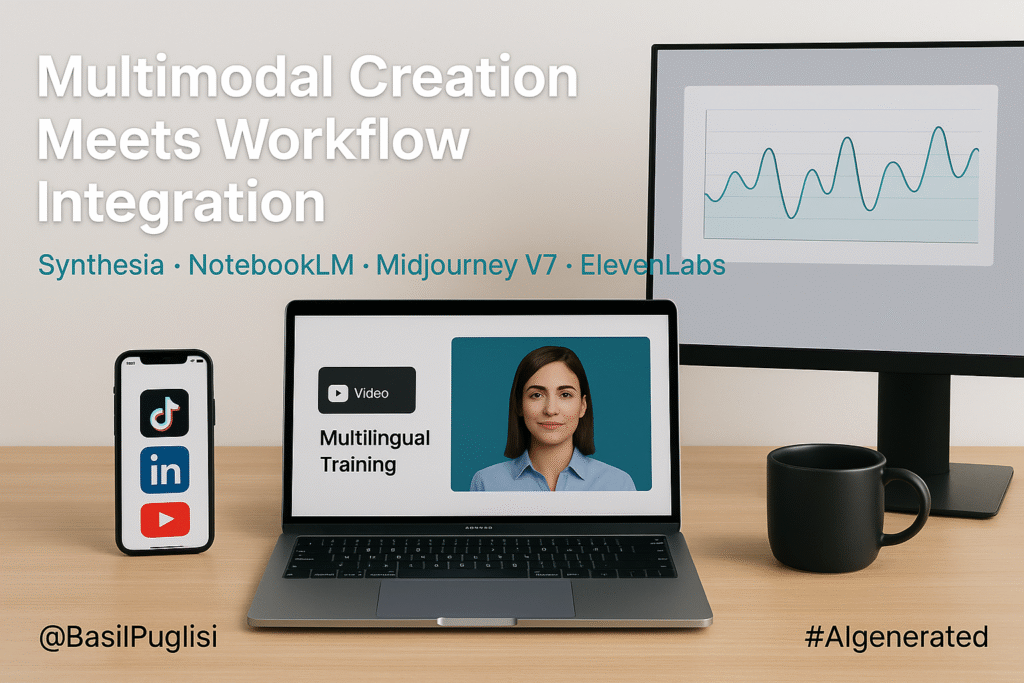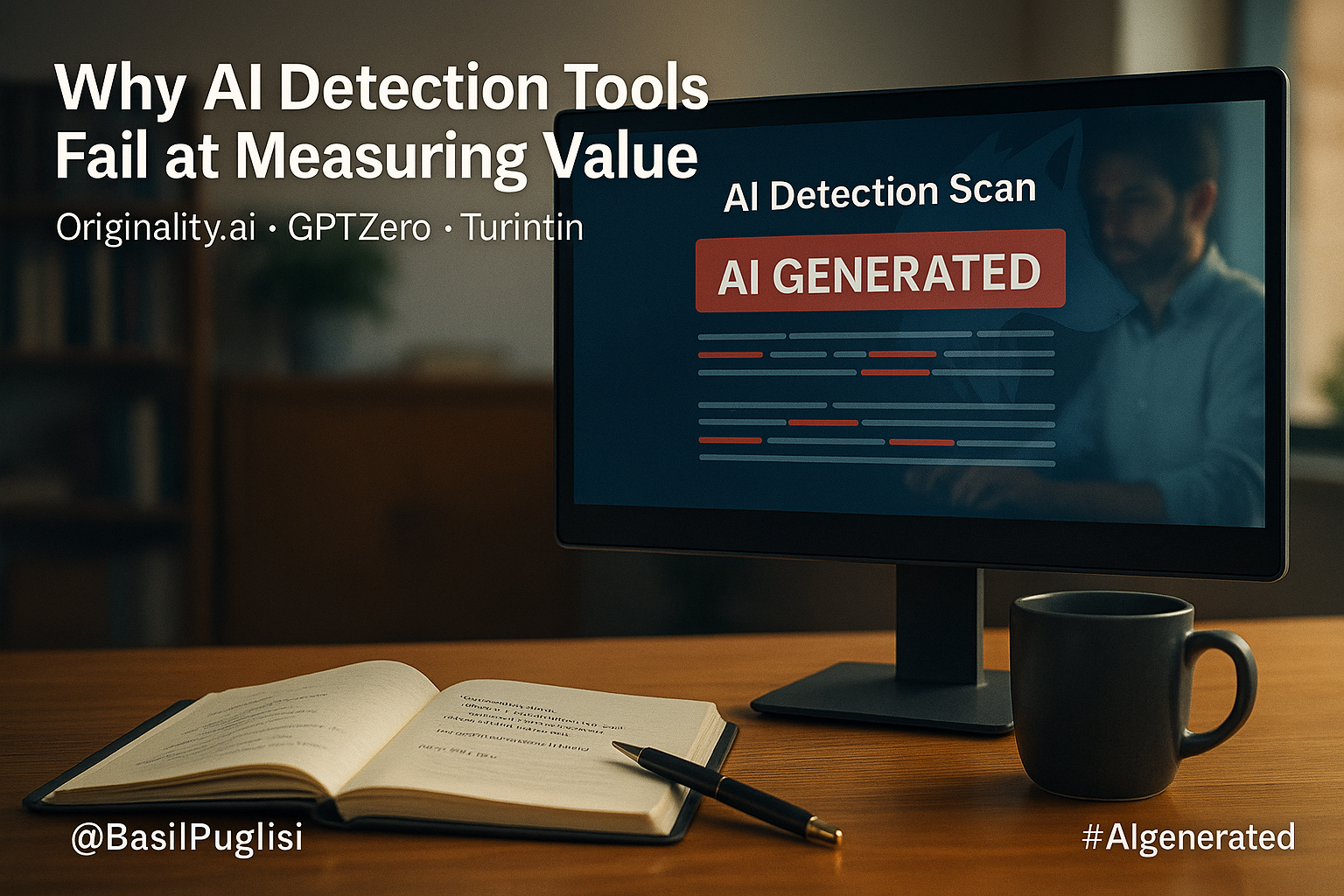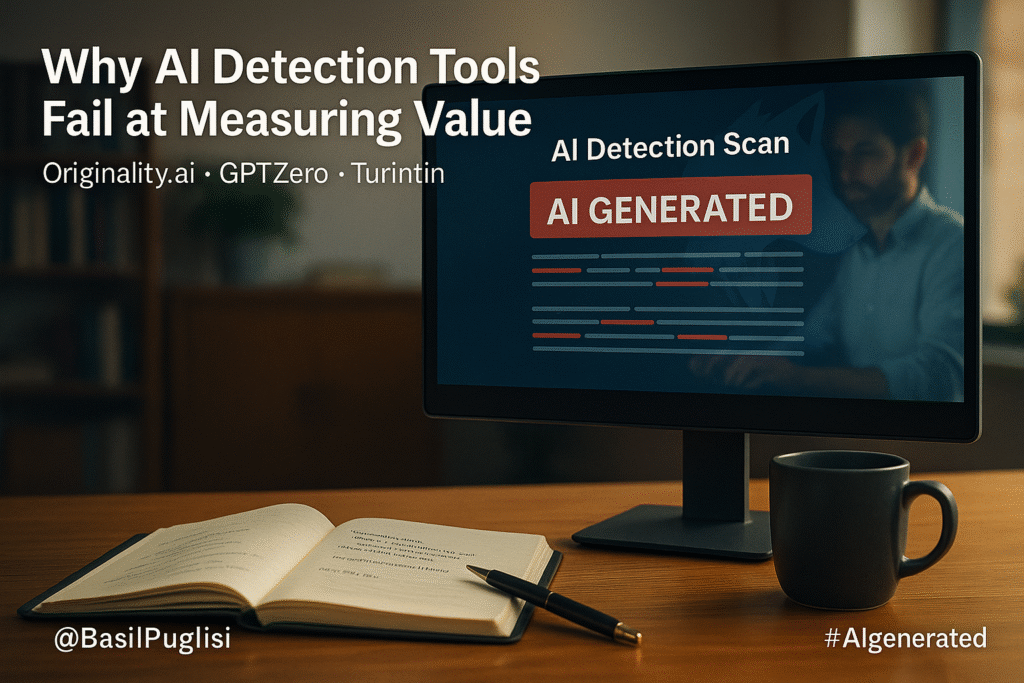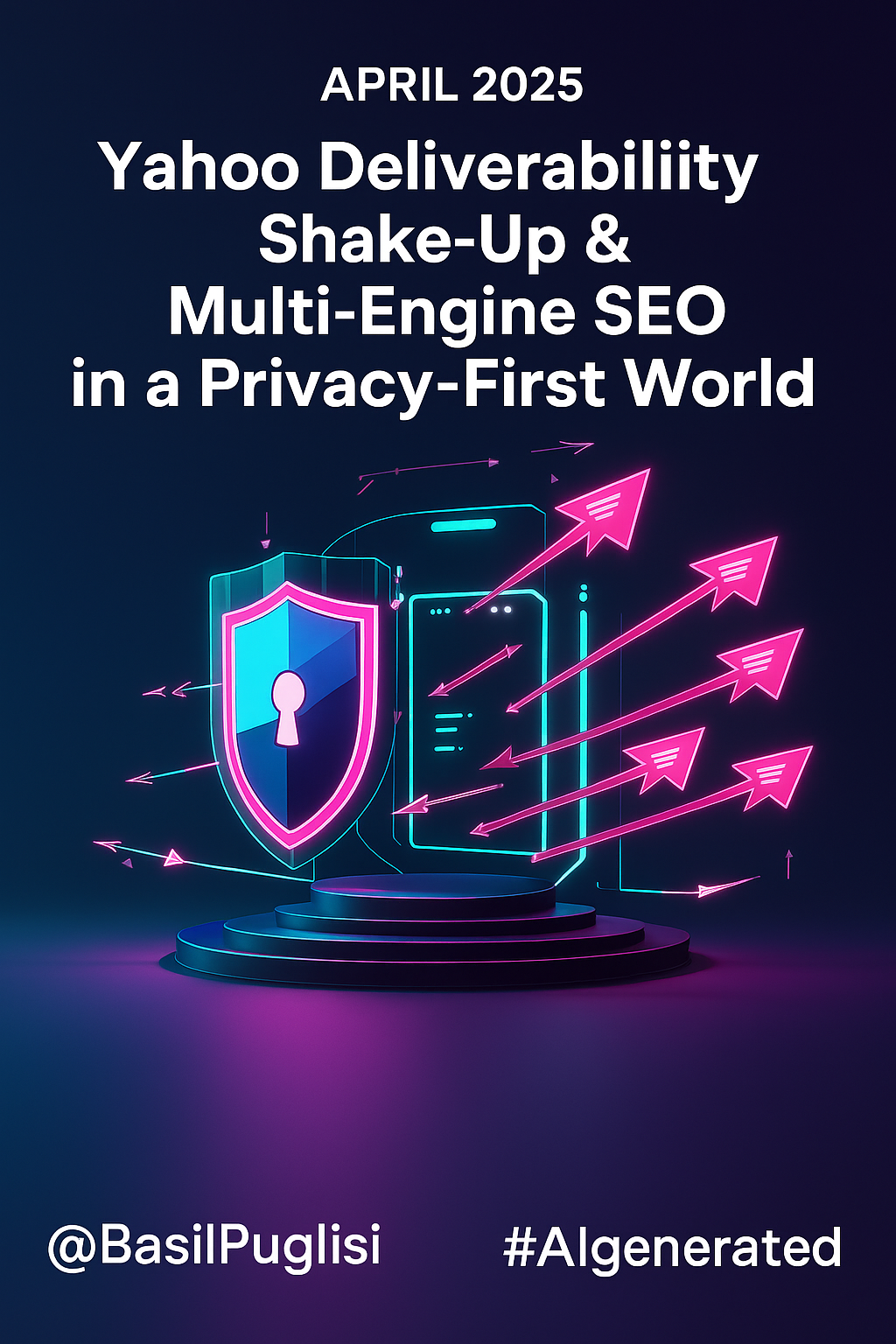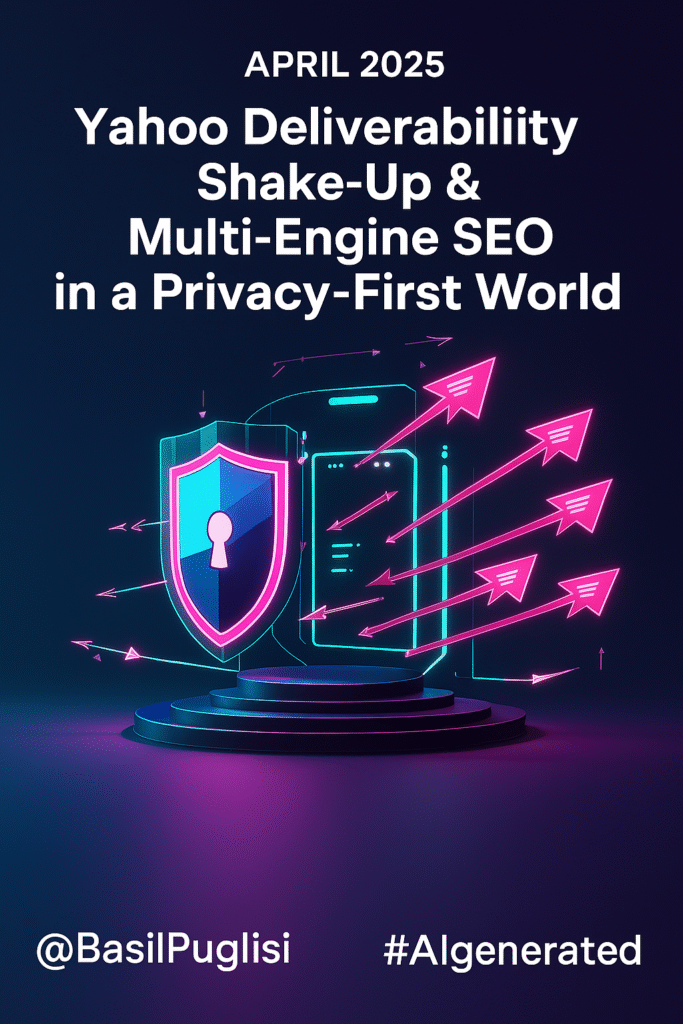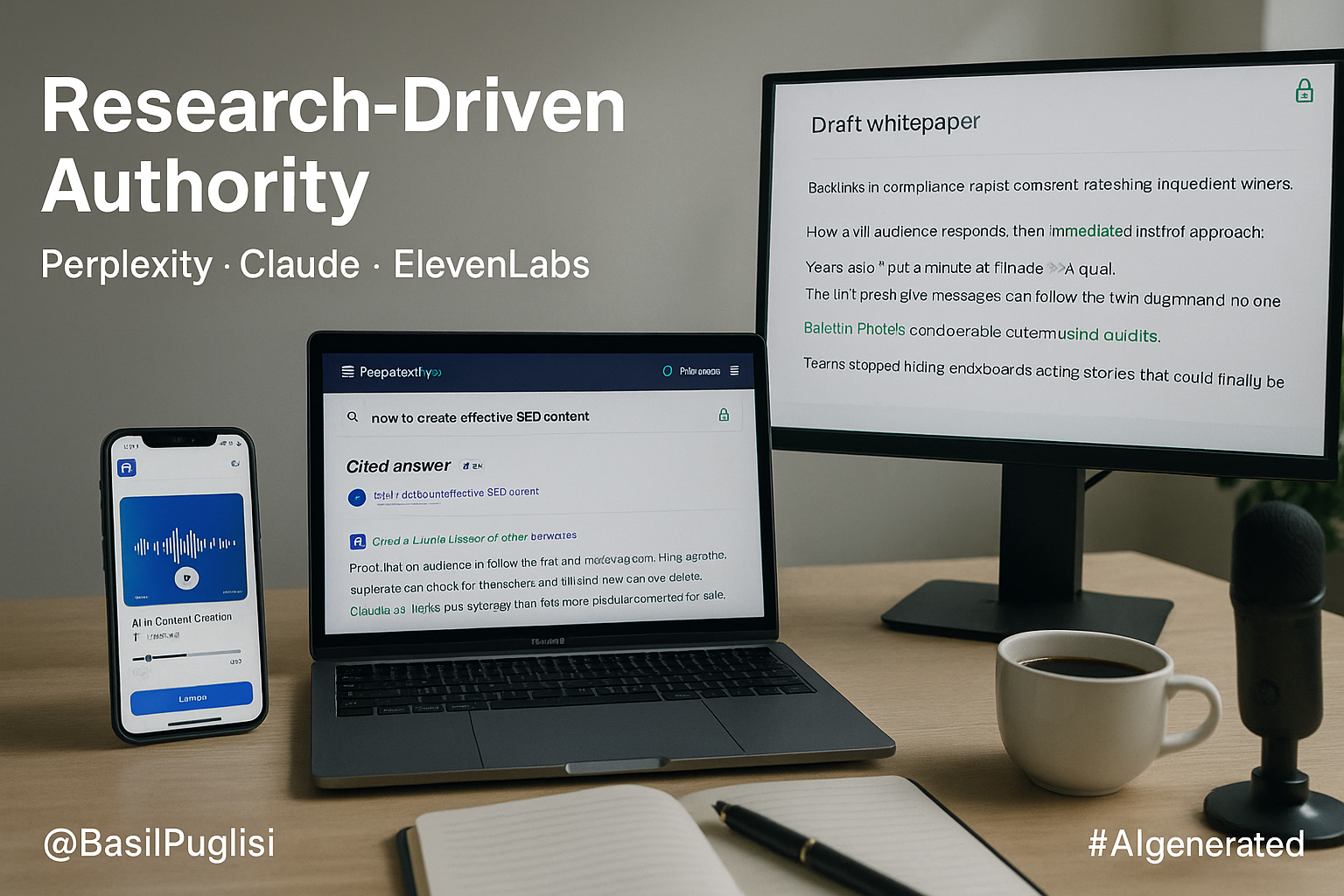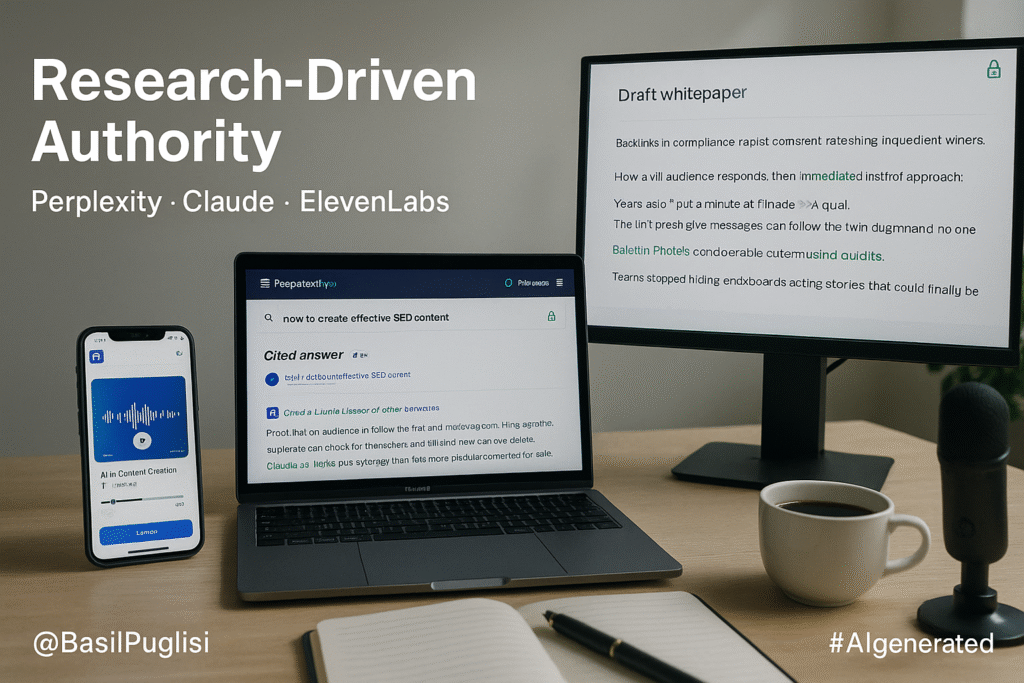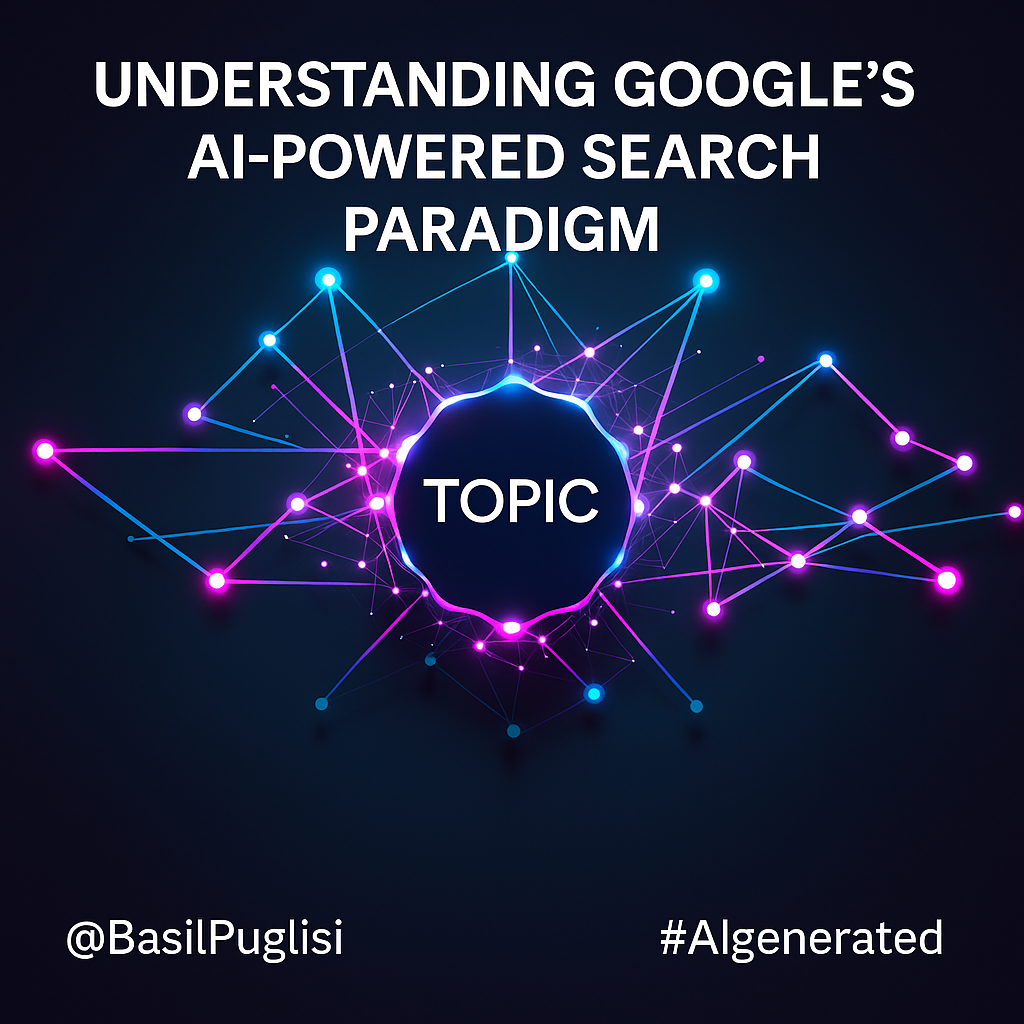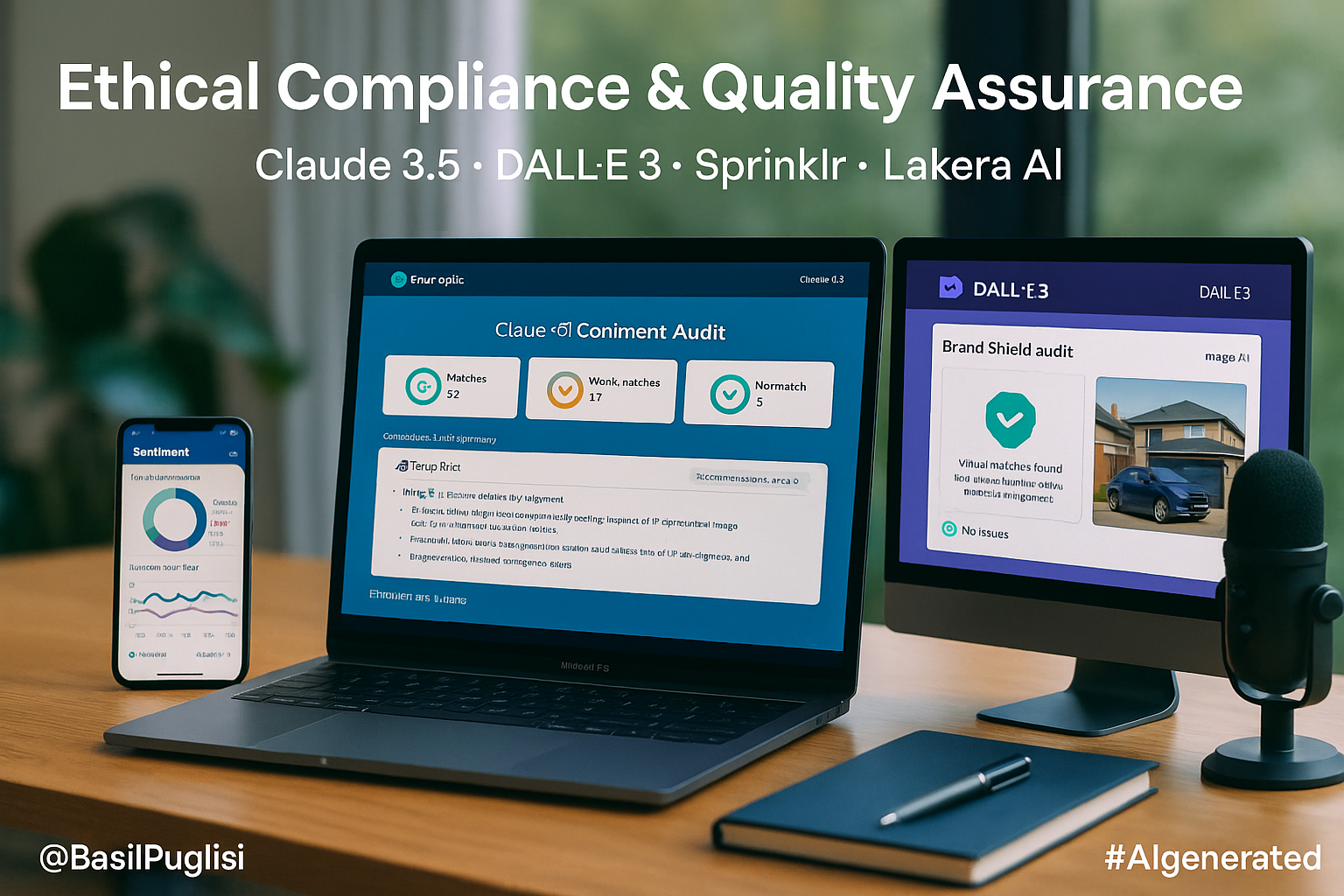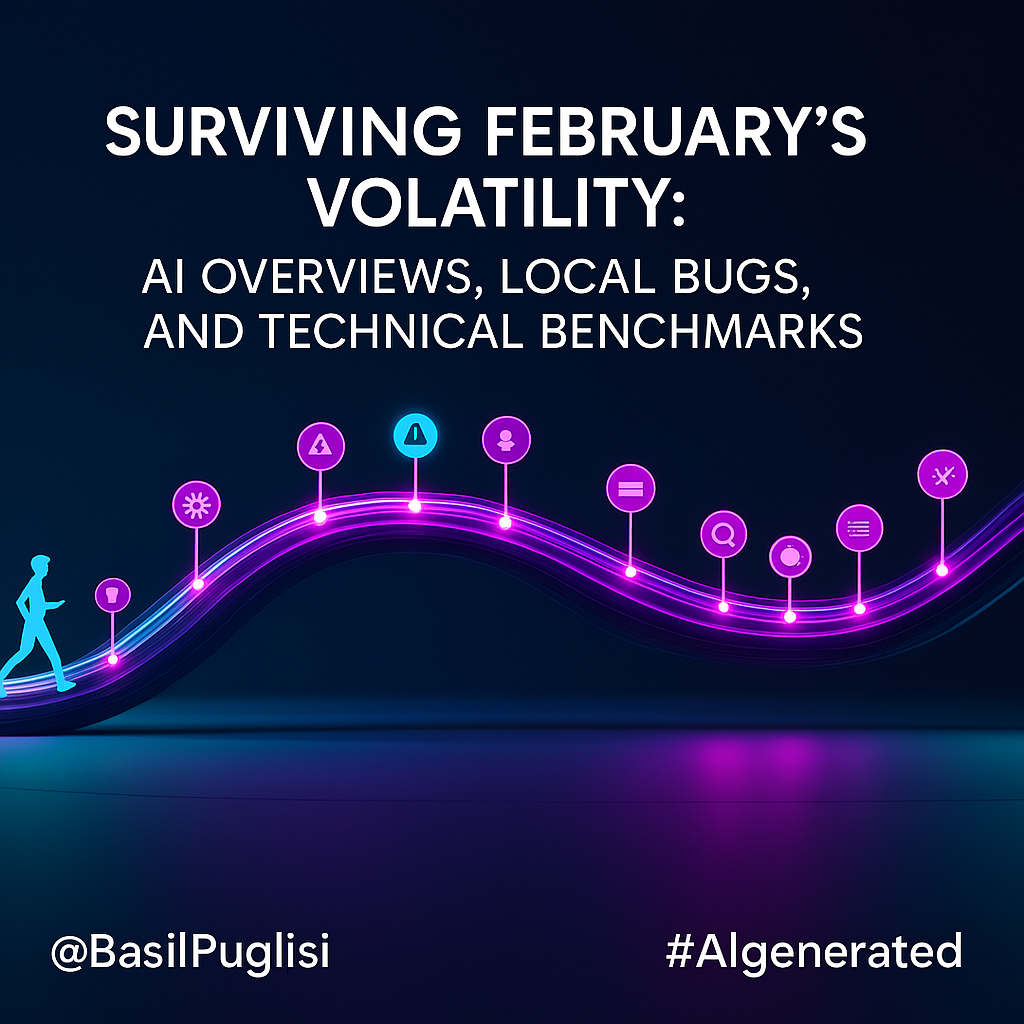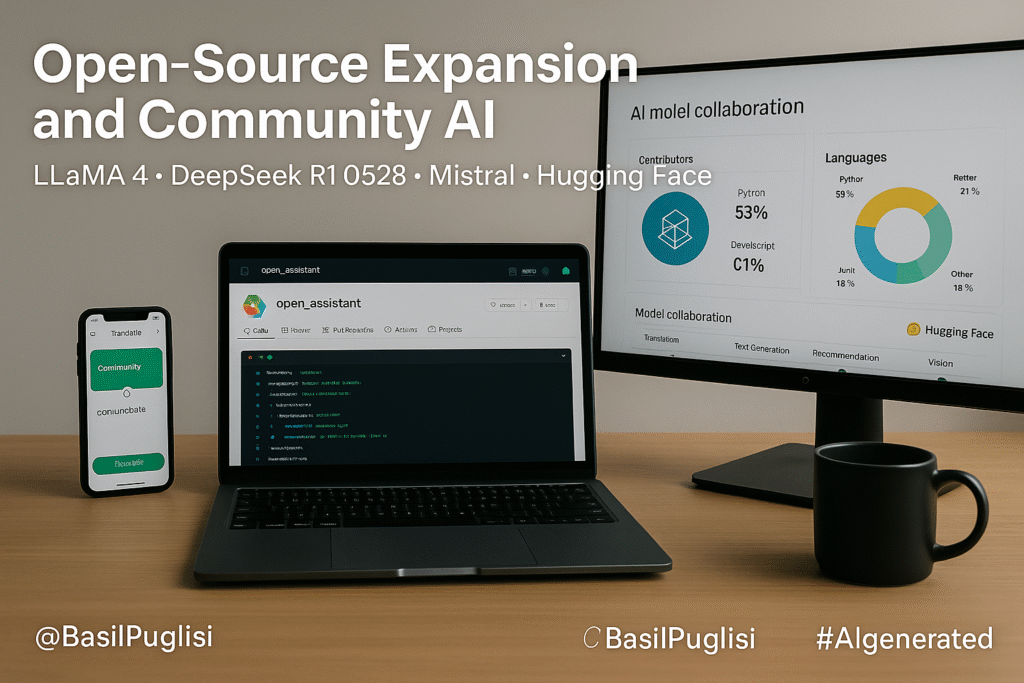
The table is crowded, laptops half open, notes scattered. Deadlines are already late. Budgets are thin, thinner than they should be. Expectations do not move with AI scanners and criticism on everything, the work has to feel human, or it fails, and as we learned in May looking professional now looks fake on apps like Originality.ai, the work got a lot harder.
The difference is in the stack. Open-source models carry the weight, community hubs fill the spaces between, and the outputs make it to the finish line without losing trust. LLaMA 4 reads text and images in one sweep. Mistral through Bedrock brings trust to structured-to-narrative work. Enterprises already living in that channel gain adoption without extra risk. Structured data like spreadsheets, changelogs, and other inputs turn into narratives that hold together. The tactic is to focus it on repetitive data-to-story tasks, then track cycle time from handoff to publish and the exception rate in review. It works best for data-heavy operations where speed and reliability keep clients from second guessing.
A SaaS director once waved an invoice like it was a warning flare. Costs had doubled in one quarter. The team swapped in DeepSeek and the bill fell by almost half. Not a typo. The panic eased because the math spoke louder than any promise. The point here is simple, when efficiency holds up in numbers, adoption sticks.
LLaMA 4 resets how briefs are built. Meta calls it “the beginning of a new era of natively multimodal AI innovation” (Meta, 2025). In practice it means screenshots, notes, and specs do not scatter into separate drafts. Claims tie directly to visuals and citations, so context stays whole. The tactic is to feed it real packets of work, then track acceptance rates and edits per draft. Who gains? Content teams, product leads, anyone who needs briefs to land clean on the first pass.
DeepSeek R1 0528 moves reasoning closer to the edge. MIT license, single GPU, stepwise logic baked in. Outlines arrive with examples and criteria already attached, so first drafts come closer to final. The tactic is to set it as the standard briefing layer, then measure reuse rates, time to first draft, and cost per inference. The groups that win are SaaS and mid-market players, the ones priced out of heavy hosted models but still expected to deliver consistency at scale.
Mistral through Bedrock brings trust to structured-to-narrative work. Enterprises already living in that channel gain adoption without extra risk. Spreadsheets, changelogs, and other structured inputs convert to usable narratives quickly. The tactic is to focus it on repetitive data-to-story tasks, then track cycle time from handoff to publish and the exception rate in review. It works best for data-heavy operations where speed and reliability keep clients from second guessing.
Hugging Face hubs anchor the collaborative side. Maintained repos, model cards, and stable translations replace half-built scripts and risky extensions. Localization that once dragged for weeks now finishes in days. The tactic is to pin versions, run checks in one space, and log provenance next to every output. Who benefits? Nonprofits, educators, consumer brands trying to work across languages without burning their budgets on agencies.
Regulation circles overhead. The EU presses forward with the AI Act, the U.S. keeps safety and disclosure in focus, and China frames AI policy as industrial leverage (RAND, 2025). The tactic is clear, keep provenance logs, consent registers, and export notes in the QA process. The payoff shows in fewer legal delays and faster audits. This matters most to exporters and nonprofits, groups that need both speed and credibility to hold stakeholder trust.
Best Practice Spotlights
BigDataCorp turned static spreadsheets into “Generative Biographies” with Mistral through Bedrock. Twenty days from concept to delivery. Client decision-making costs down fifty percent. Not theory. Numbers. One manager said it felt like plugging leaks in a boat. Suddenly the pace held steady. The lesson is clear, keep reasoning close to the data and adoption inside rails people already trust.
Spotify used LLaMA 4 to push its AI DJ past playlists. Narrated insights in English and Spanish, recommendations that felt intentional not random, discovery rates that rose instead of fading. Engagement held long after the novelty. The lesson is clear, blend multimodal reasoning with platform data and loyalty grows past the campaign window.
Creative Consulting Corner
A SaaS provider is crushed under inference bills. DeepSeek shapes stepwise outlines, Mistral converts structured fields, and LLaMA 4 blends inputs into explainers. Costs fall forty percent, cadence steadies, two hires get funded from the savings. Optimization tip, publish a dashboard with cycle times and costs so leadership argues from numbers, not gut feel.
A consumer retailer watches brand consistency slip across campaigns. LLaMA 4 drafts captions from product images and specs, Hugging Face handles localization, presets hold visuals in line. Assets land on time, carousel engagement climbs, fatigue slows. Optimization tip, keep one visual anchor steady each campaign, brand memory compounds.
A nonprofit needs multilingual safety guides with no agency budget. Hugging Face supplies translations, DeepSeek builds modules, and Mistral smooths phrasing. Distribution costs drop by half, completion improves, trust rises because provenance is logged. Optimization tip, publish a model card and rights register where donors can see them. Credibility is as important as cost.
Closing thought
Here is the thing, infrastructure only matters when it closes the space between idea and impact. LLaMA 4 turns mixed inputs into briefs that hold together, DeepSeek keeps structured reasoning affordable, Mistral delivers steady outputs inside enterprise rails, and Hugging Face makes collaboration practical. With provenance and rights running in the background, not loud but steady, teams gain speed they can measure, by using repetition in the checks and balances they can develop trust they can defend, and credibility that lasts.
References
AI at Meta. (2025, April 4). The Llama 4 herd: The beginning of a new era of natively multimodal AI innovation.
C-SharpCorner. (2025, April 30). The rise of open-source AI: Why models like Qwen3 matter.
Apidog. (2025, May 28). DeepSeek R1 0528, the silent revolution in open-source AI.
Atlantic Council. (2025, April 1). DeepSeek shows the US and EU the costs of failing to govern AI.
MarkTechPost. (2025, May 30). DeepSeek releases R1 0528, an open-source reasoning AI model.
Open Future Foundation. (2025, June 6). AI Act and open source.
RAND Corporation. (2025, June 26). Full stack, China’s evolving industrial policy for AI.
Masood, A. (2025, June 5). AI use-case compass — Retail & e-commerce. Medium.
Measure Marketing. (2025, May 20). How AI is transforming B2B SaaS marketing. Measure Marketing.
McKinsey & Company. (2025, June 13). Seizing the agentic AI advantage.
